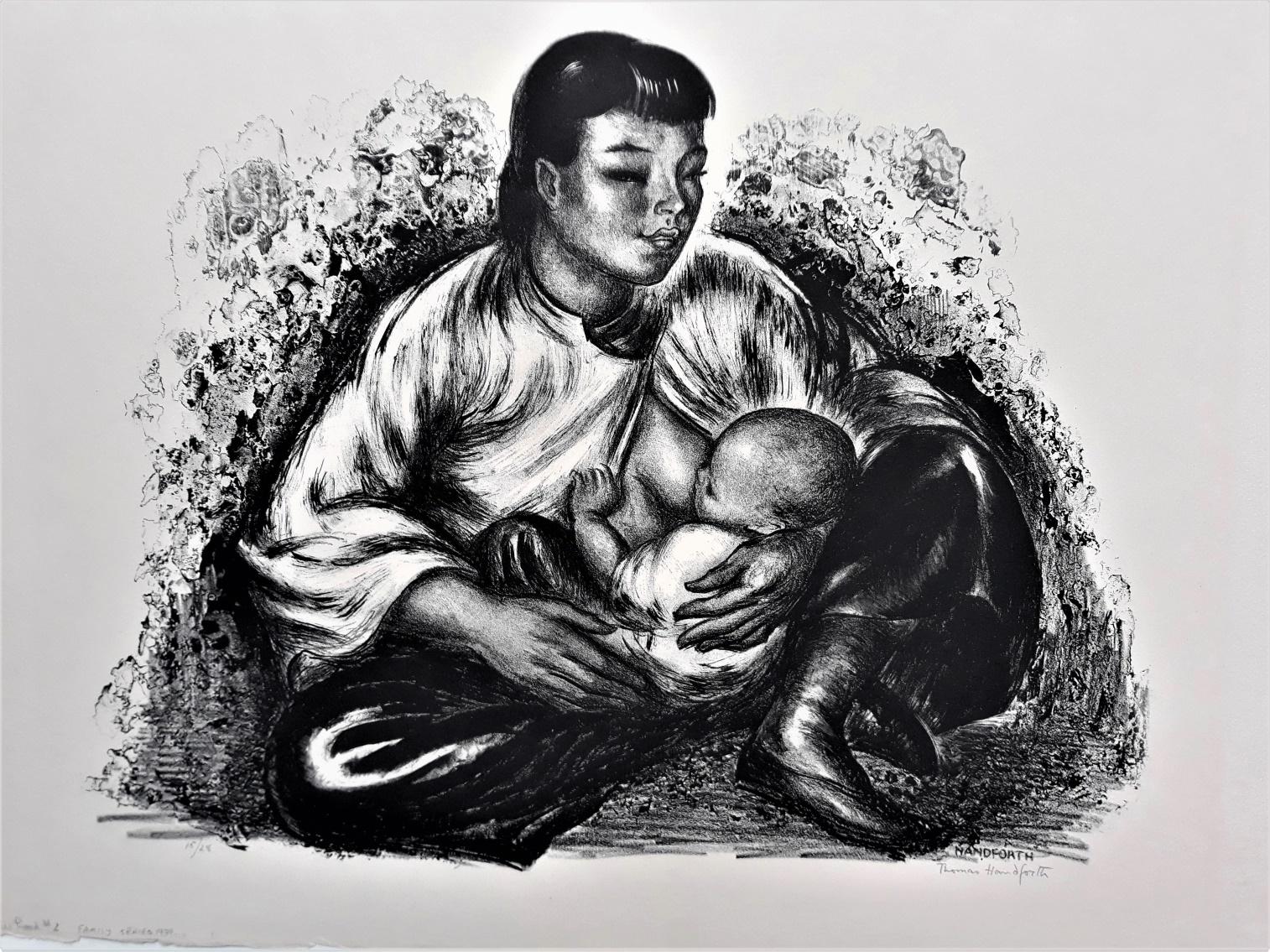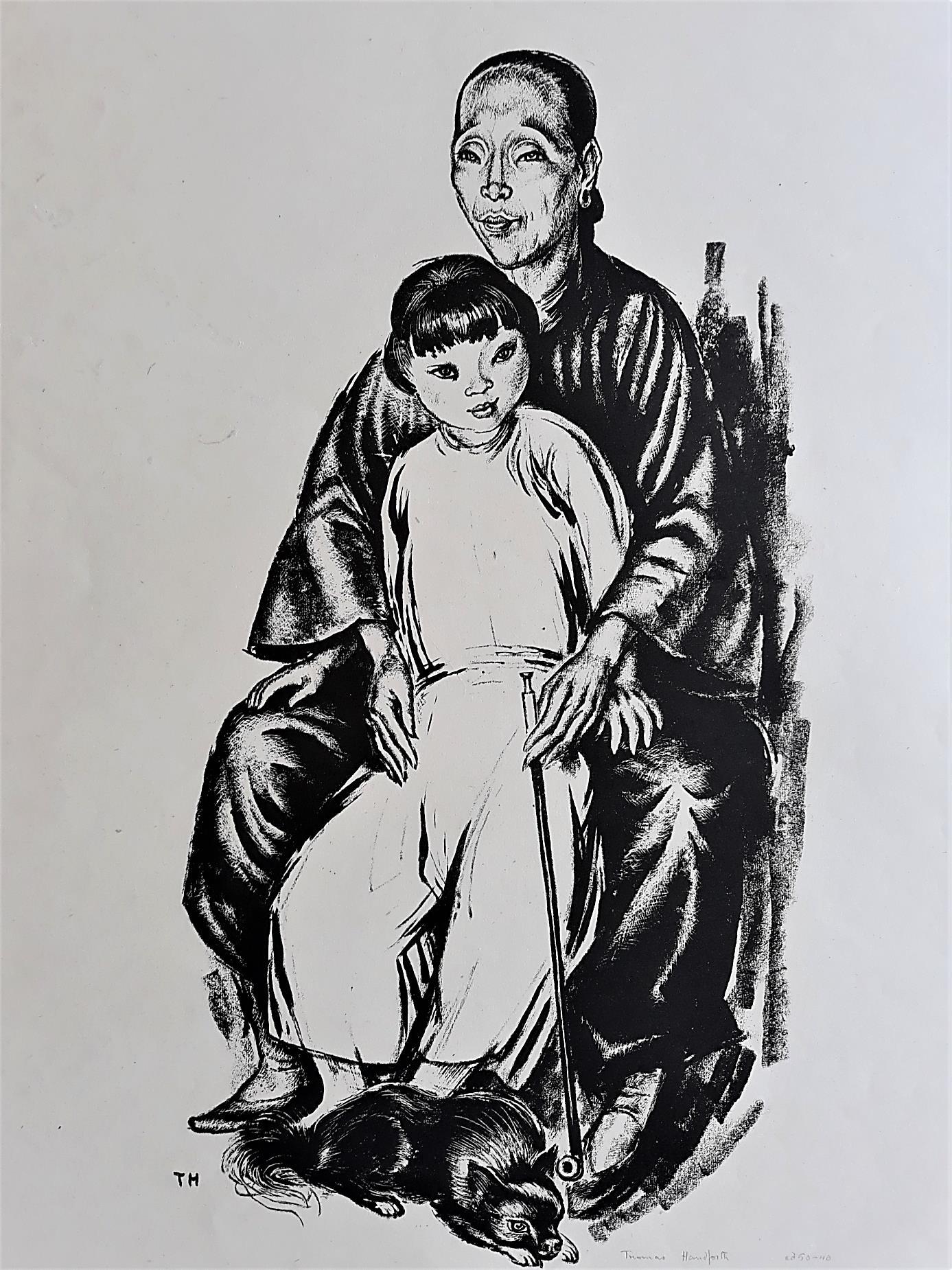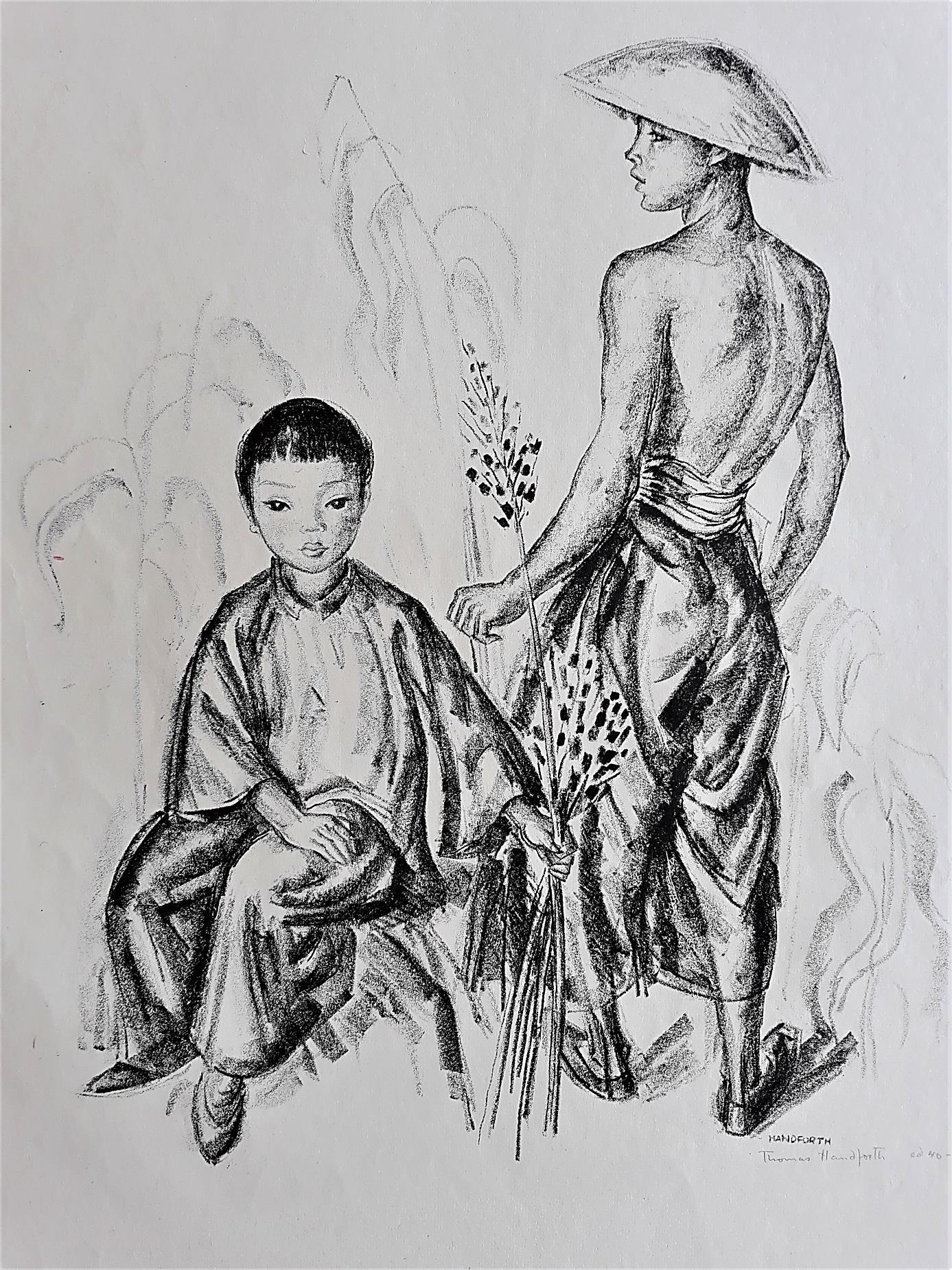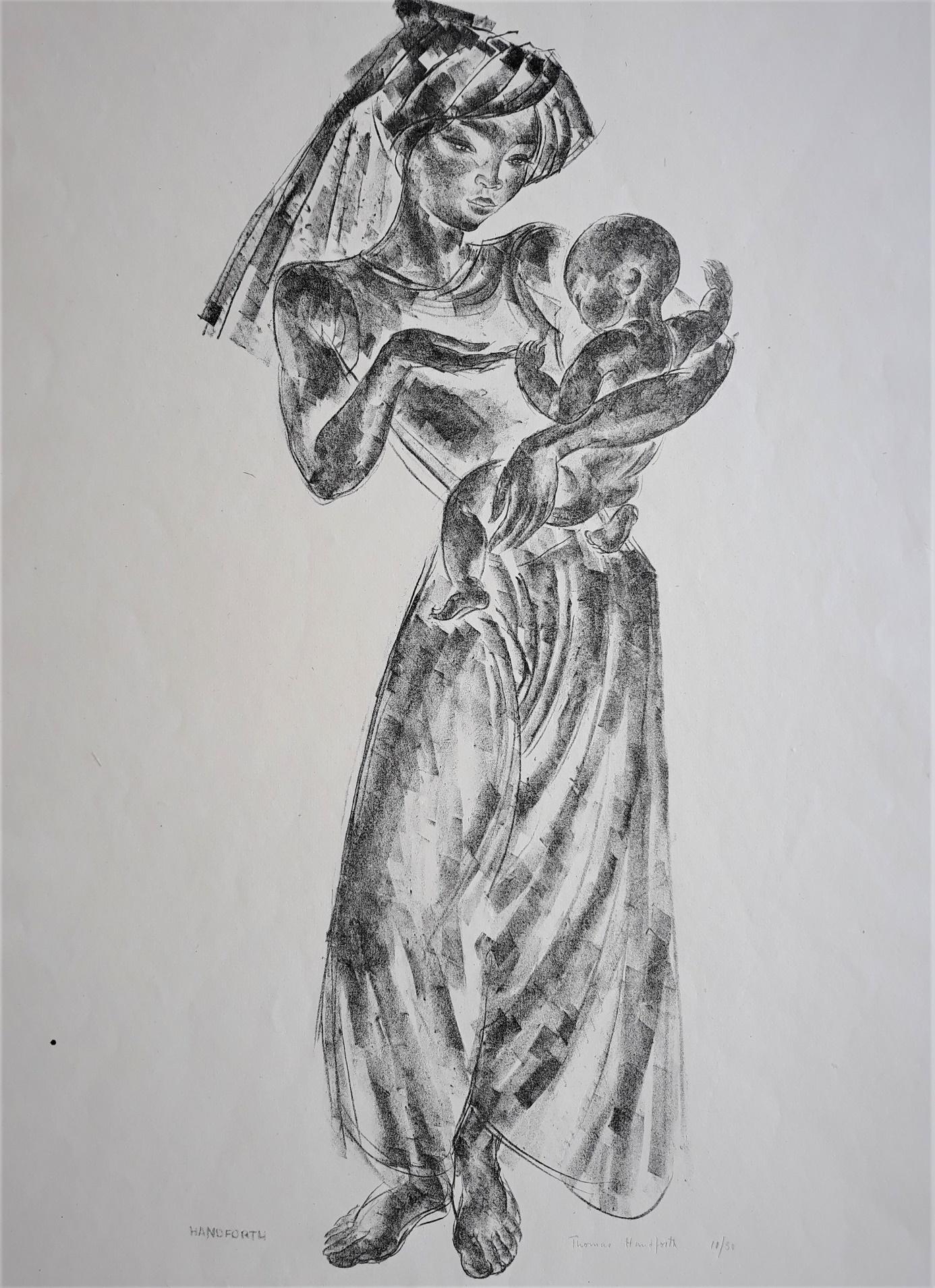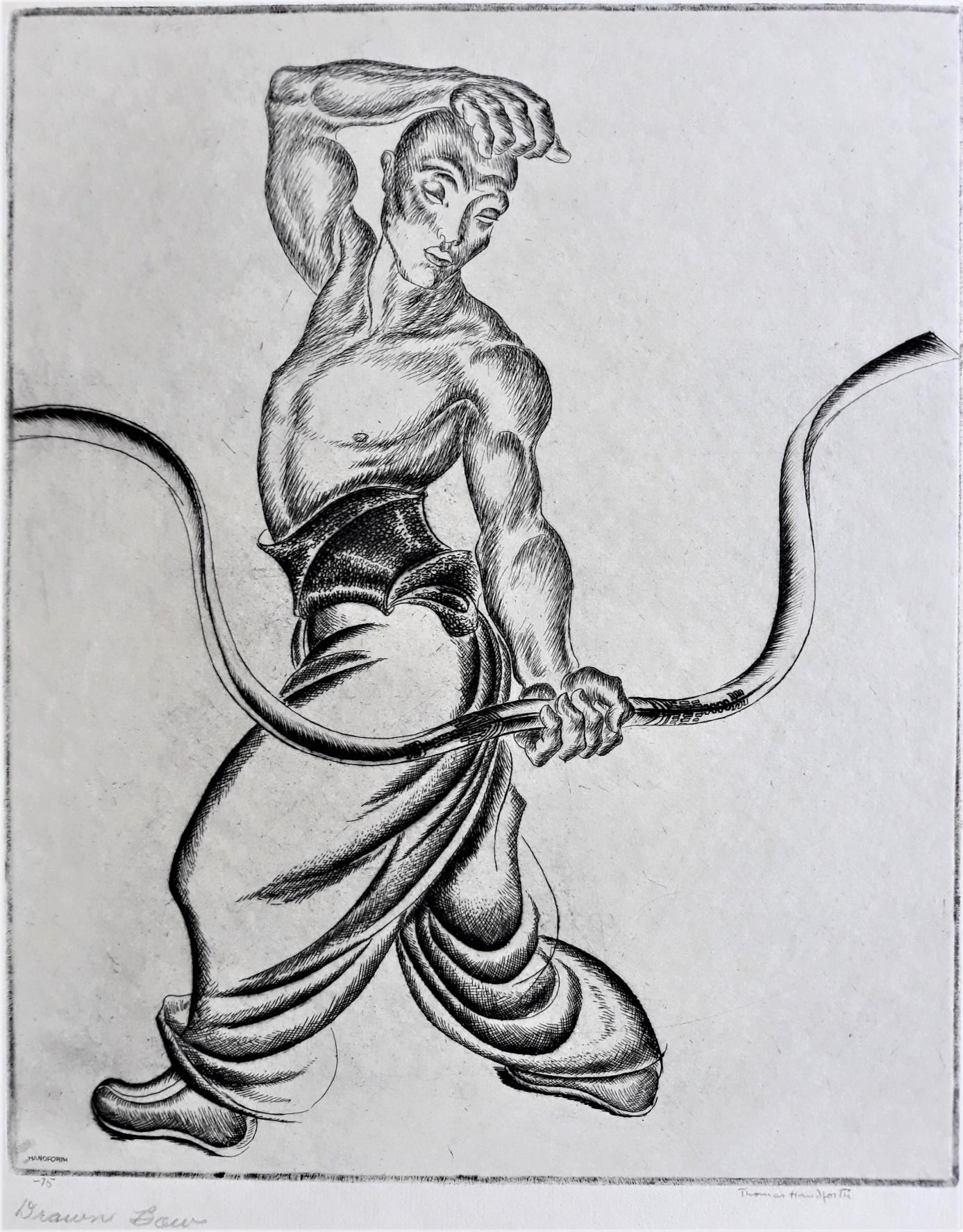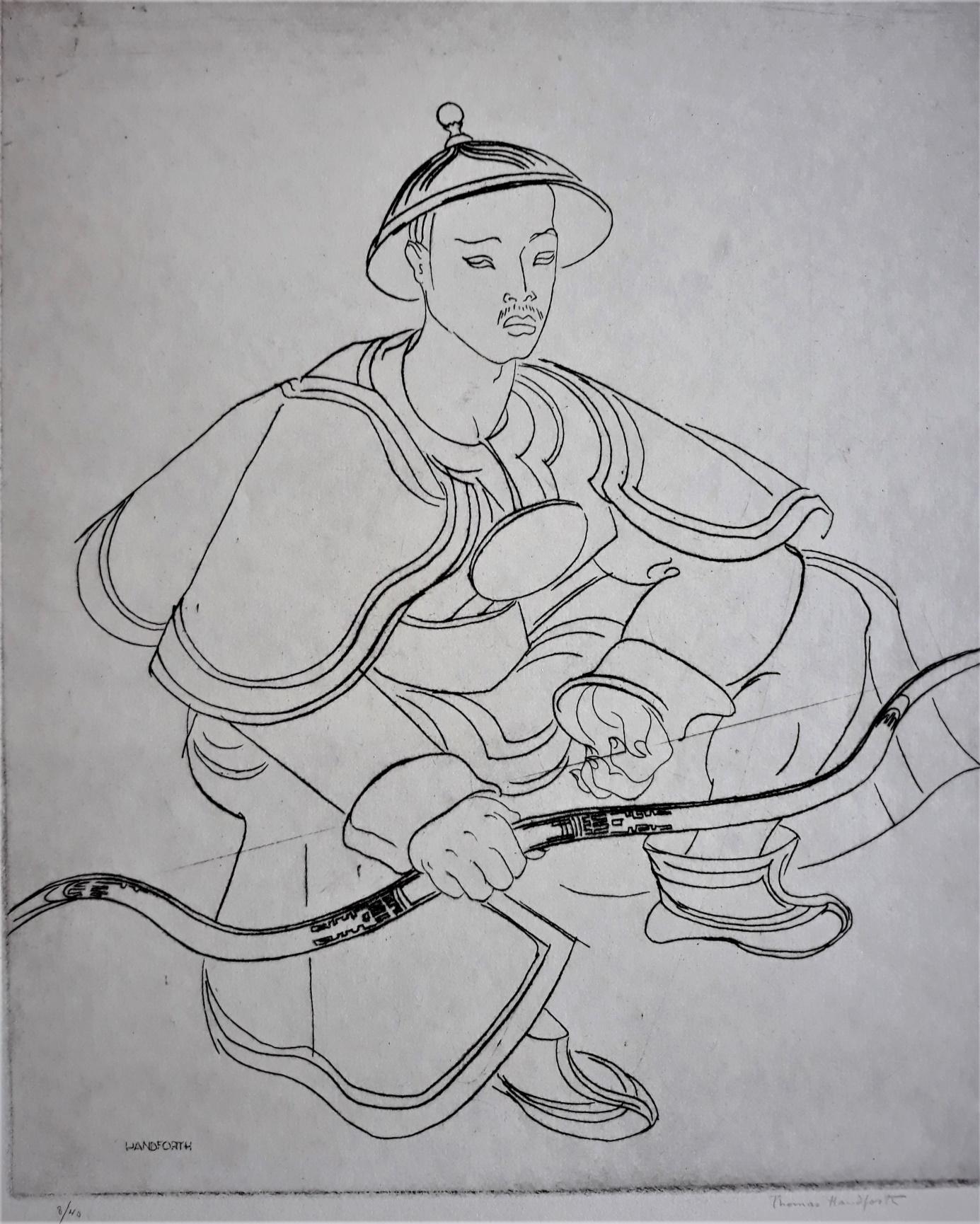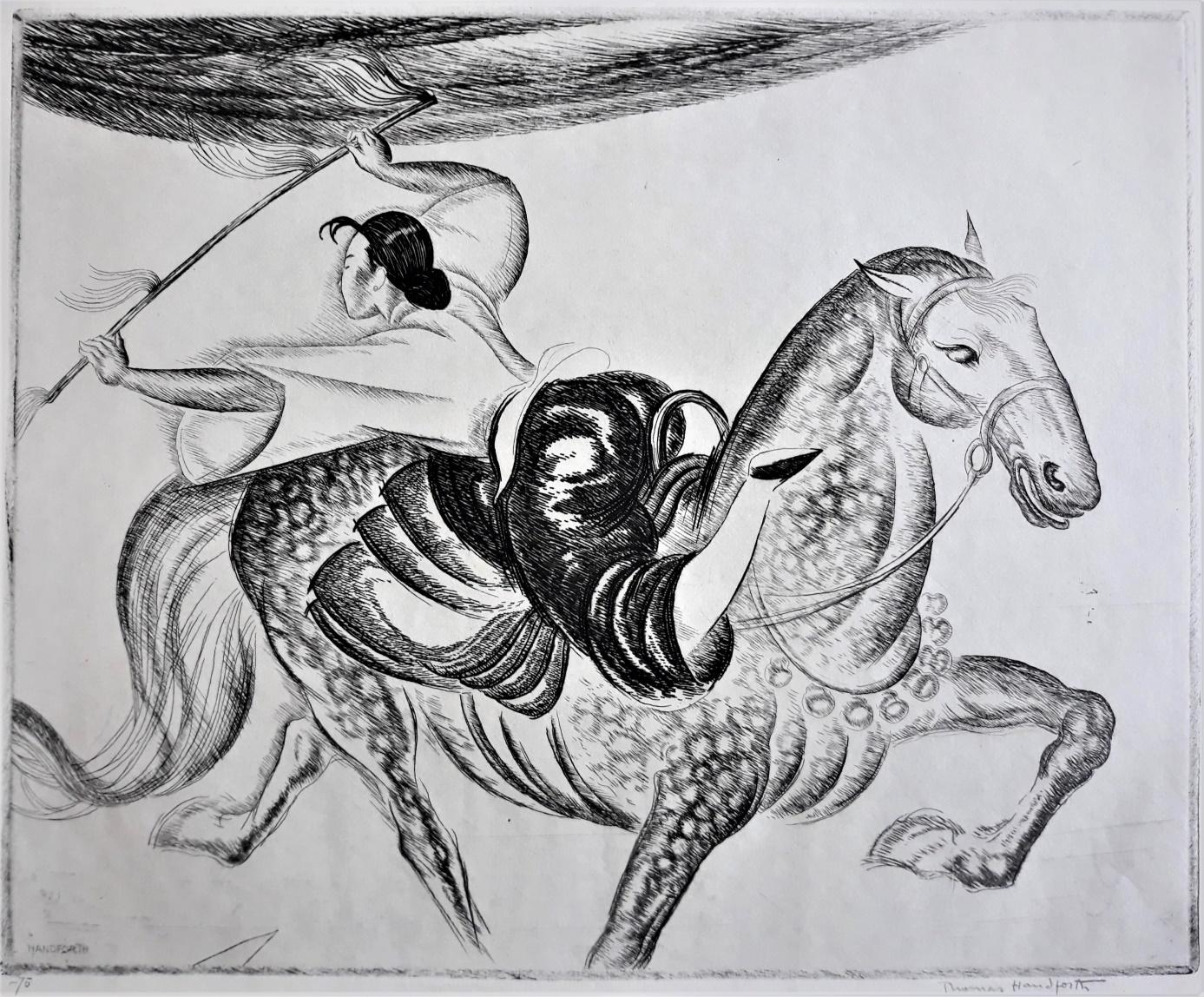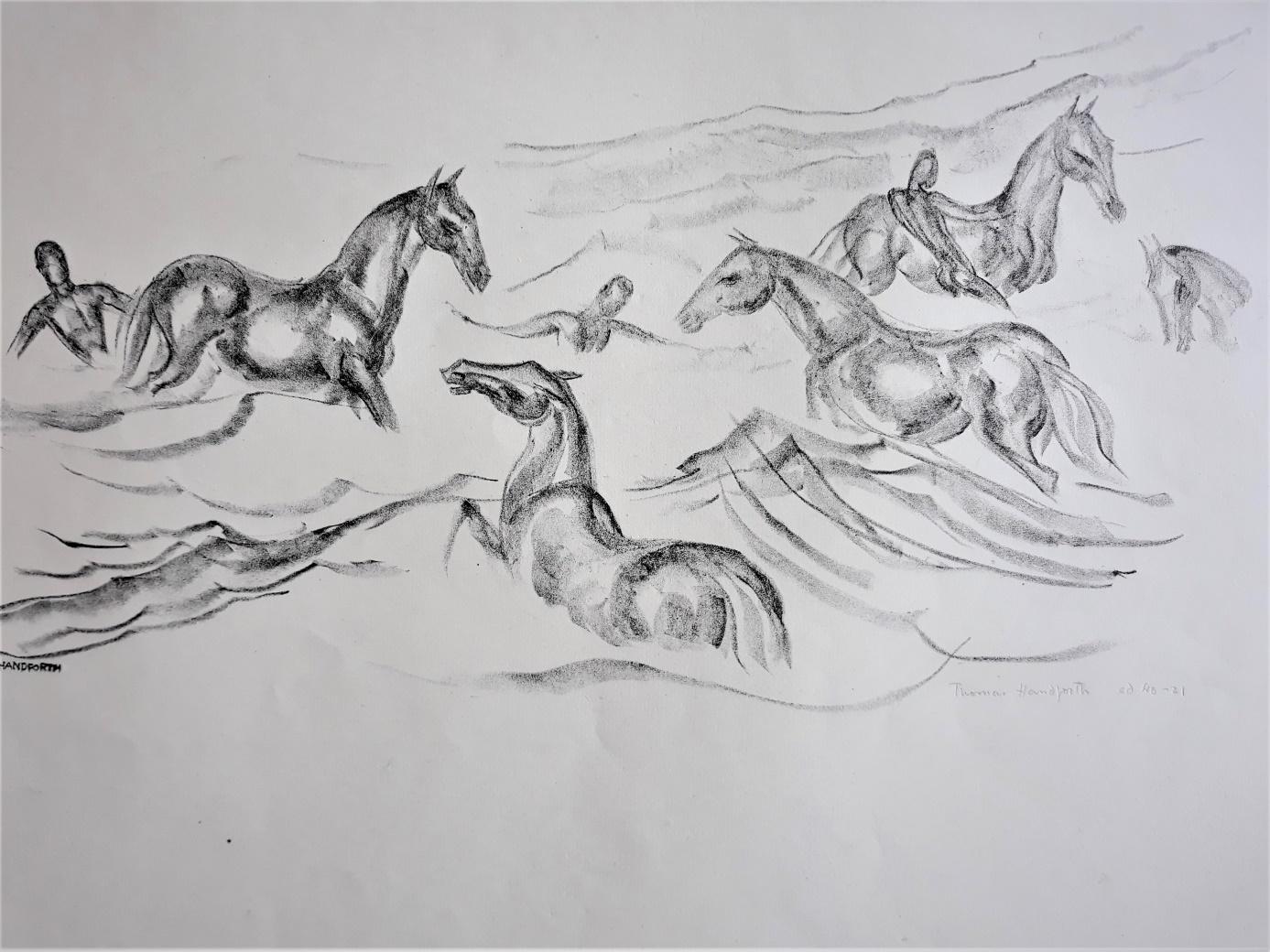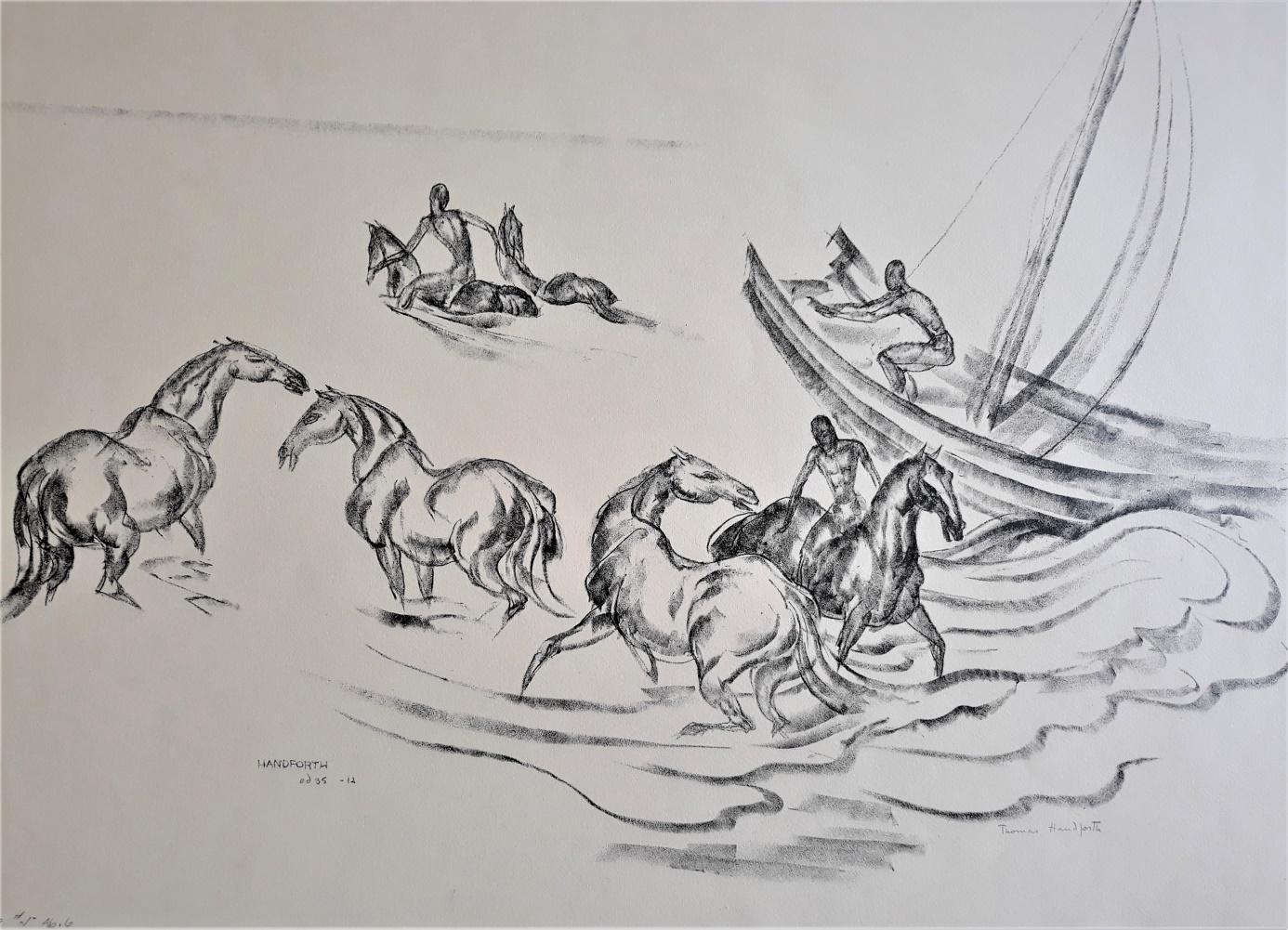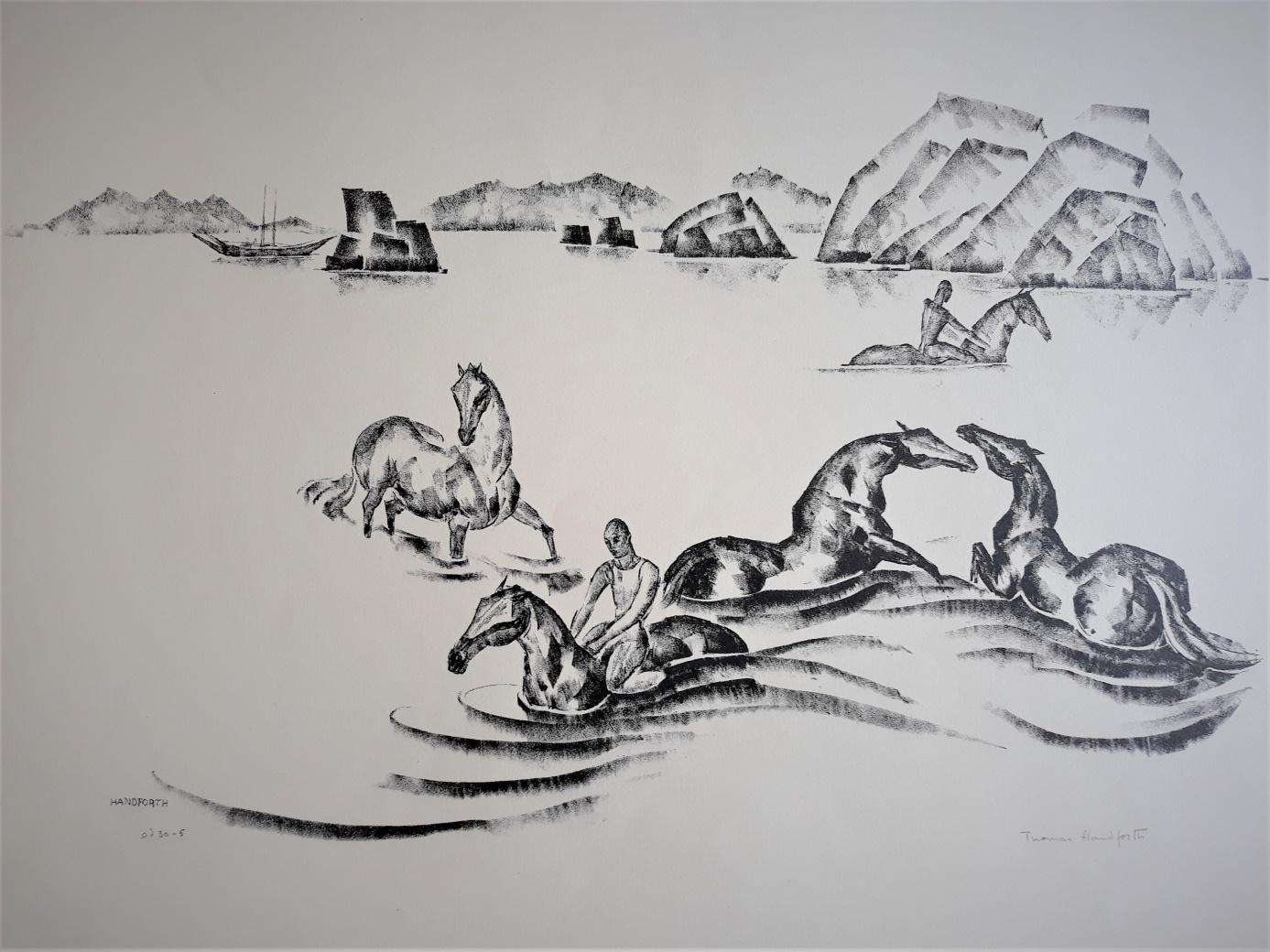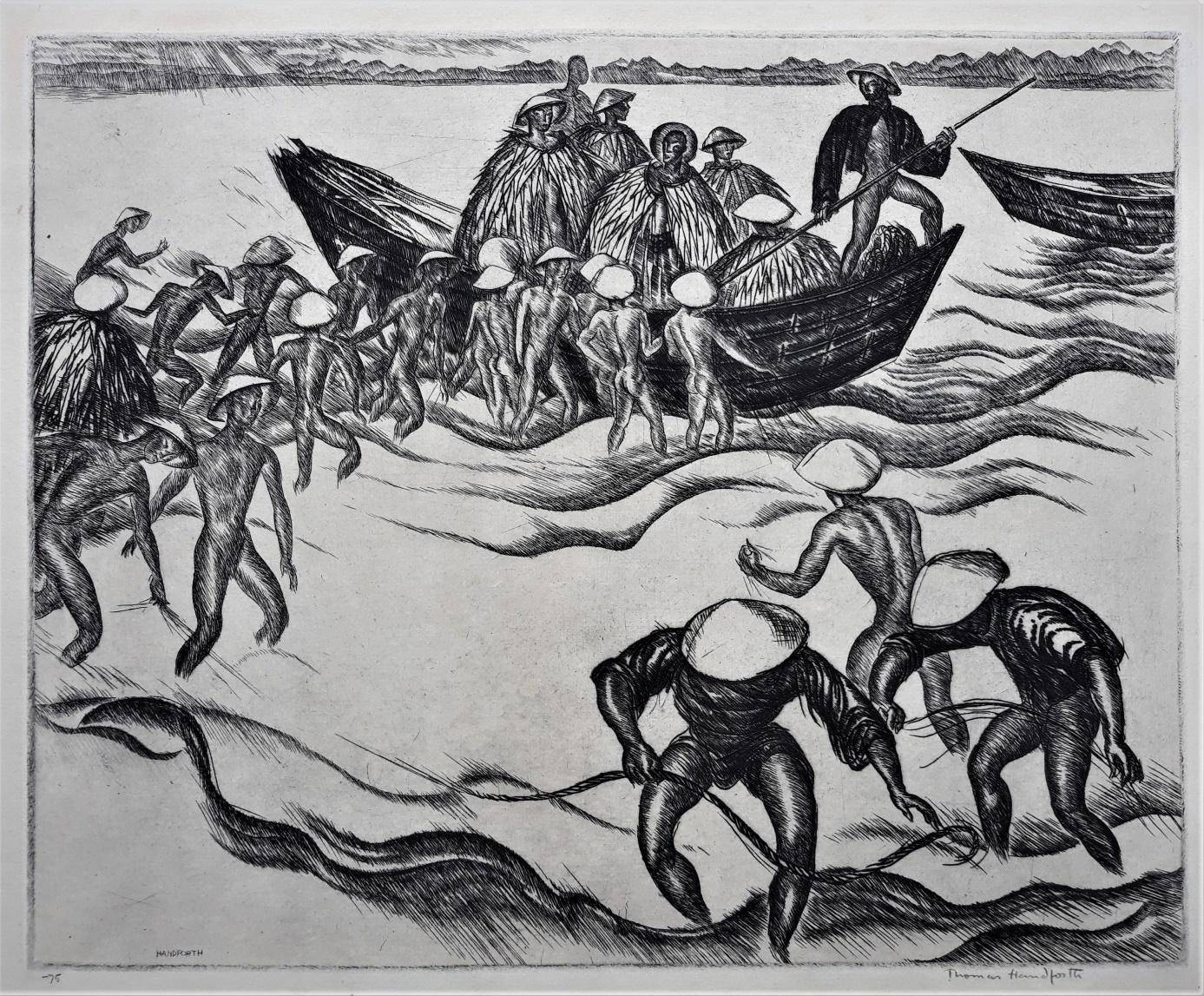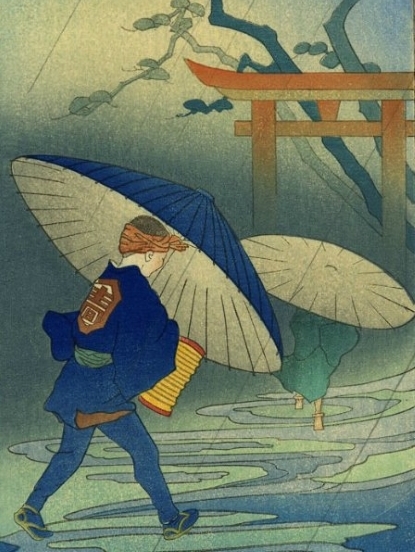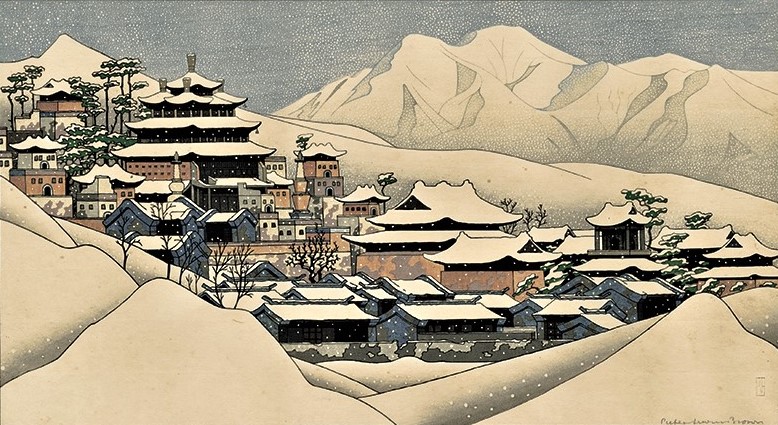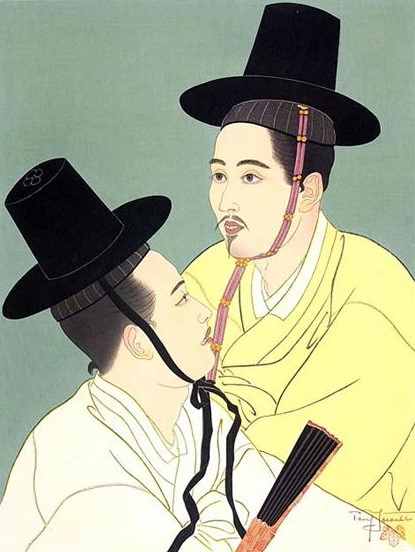THOMAS HANDFORTH (1897-1948)

Thomas Scofield Handforth is from Tacoma, near Seattle, Washington. According to his own words, he has been drawing since his early childhood and was very early drawn to Asian art, first glimpsed in the form of a Japanese half-moon bridge at Point Defiance Park from Tacoma and then by discovering the prints of Hokusai and Hiroshige. Visiting the San Francisco Exhibition Fair in 1915, he was strongly impressed by the statue of the great Daibutsu Buddha in the Japanese Pavilion, as well as by Chinatown, which then inspired a good number of American artists, and by the expensive Chinese porcelain exhibited by the Gump department stores. Later, after a year at the University of Washington and training at The Art Students League in New York, he left for Paris to study at the École des Beaux-Arts, which he considered very academic. He was much more attracted by the work of Aubrey Beardsley (1872-1898) as by the creations of Edmond Dulac (1882-1953) and Kay Nielsen (1886-1957) and by the glimpsed world of Harlequin by Picasso (1917). His drawings would later bear their mark, like that of his best friend in Paris, the Georgian painter Lado Gudiachvili (1896-1980).
In the 1920s, he made long stays in England, Austria, Hungary, Tunisia, Morocco, Canada, Mexico and brought back a multitude of drawings. His Asian page finally opened in 1931 when he obtained a scholarship from the Guggenheim Foundation to study in Asia. He first stayed in Japan but finally decided to settle in China, first in Shanghai and then in Beijing. He stays there for six years, living in Chinese style, in a classic but dilapidated square courtyard house, sketchbook still in hand, with as main attraction the common people and street acrobats. Aware of having found there the subjects of his creation that he had been looking for since his youth, he equipped himself with the necessary equipment to produce engravings and lithography and created his best works.
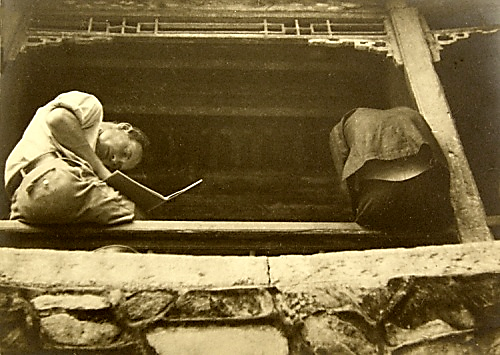
But what make him lastingly famous is a profusely illustrated children's book published in 1938, titled Mei Li, which tells the story of a poor little girl who discovers the mysteries of the New Year's party in the big city. The success in the United States was immense, in proportion to the sympathy granted to China after the Japanese aggression, and earned Thomas Handforth the prestigious Caldecott Medal which rewards the best children's book each year.
However in 1939, considering the dangerous deterioration of the political and military situation in Beijing, Thomas Handforth decided to leave the country he loved so much to return to the United States. He undertook during the war to teach art to the mentally handicapped before settling in San Francisco but died there suddenly in 1948 of a heart attack.
The most extraordinary thing is that Mei Li really existed : born in 1934 in the province of Anhwei, she was entrusted by her poor parents to the local Protestant Mission and was then adopted by Helen Burton, an American living in Beijing since 1921, known for having run the famous shop The Camel Bell Shop, located in the Hôtel des Wagons-lits in Beijing and who willingly exhibited Western artists living in China (Bertha Lum and Katharine Jowett sold their works there ; interned by the Japanese in 1943 at the Wei-Hsien camp, Helen Burton must have met Katharine Jowett there again). It was through her that Thomas Handforth met Mei Li and he used her as a model for the heroine of his book. Returning to the United States after her release in 1945, Hélène Burton tried to maintain contact with Mei Li, learning that she had been taken in by a Methodist Mission, but any link became impossible after the Communists came to power.
Thomas Handforth is not the most accomplished artist of those we are studying here, even if his memory in the United States is vivid, especially in several museums and universities. He was first of all a brilliant draftsman and illustrator and his works are sometimes similar to those of Cyrus Leroy Baldridge. But like him, close to the simplest Chinese and through the empathy he shows them, he has drawn a particularly tender and warm picture of China in the 1930s while keeping a style acquired in his youth, near the painters he had met in Paris.
Bibliography :
- Mei Li, by Thomas Handforth, Doubleday Doran & Cy, New York, 1938
- Faraway Meadow, by Thomas Handforth, Doubleday Doran & Cy, New York, 1939
- The secret of the porcelain fish, by Margery Evernden, illustrated by Thomas Handforth, Random House, 1947
- Shanghai’37, by Vicky Baum, illustrated by Thomas Handforth, The book league of America, New York, 1940
- The dragon and the eagle, by Delia Goetz, illustrated by Thomas Handforth, Vanguard, New York, 1944
- Tranquilina’s Paradise, by Susan Smith, illustrated by Thomas Handforth, Milton, Balch and Co., New York, 1930
- Toutou in bondage, by Elizabeth Coatsworth, illustrated by Thomas Handforth, The Mac Milan Cy, New York, 1929
The collection
